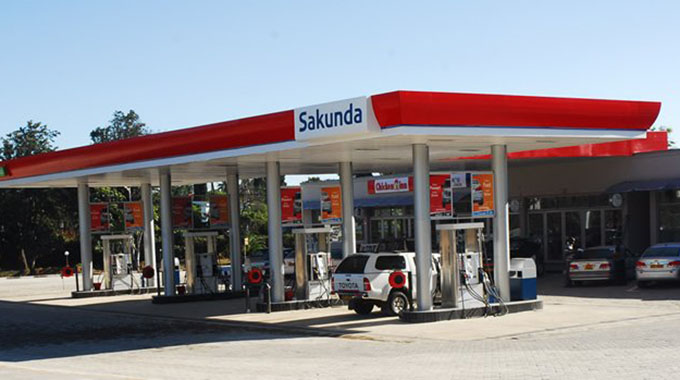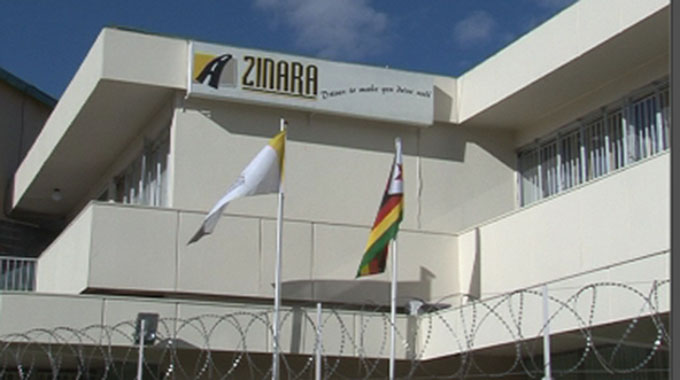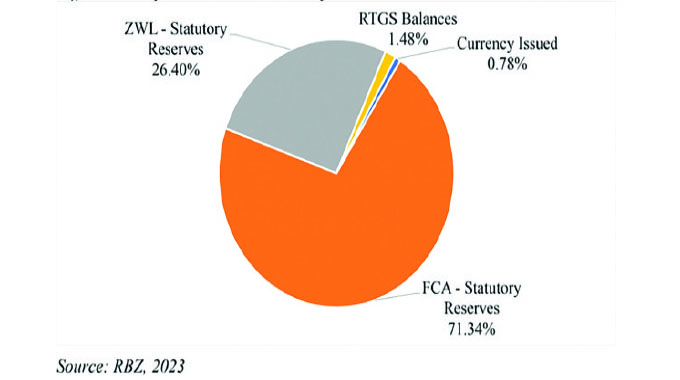Sakunda explains agric financing role

Tawanda Musarurwa Senior Business Reporter
Sakunda Holdings says it helped to facilitate Command Agriculture by structuring financing facilities to pay inputs suppliers.
The company’s chief operating officer Charles Chitambo, told the Parliamentary Portfolio Committee on Public Accounts yesterday that they used the Treasury Bills (TBs) received from Government to structure financing facilities for the programme that started in 2016.
“There is time when the market or the rules allowed us to provide funding in an account here and wait in a queue for an allocation; there was a time when that was not allowed. At that point you needed to be structuring, you had to be persuading a bank to open a LC (Letter of Credit) on your behalf, promising someone in Belarus, Singapore or China to supply chemicals of fertiliser and you needed the wits around you to come up with the structure,” said Mr Chitambo.
“And when the structure fails you remain with the debt. I’m not accusing the Reserve Bank of Zimbabwe on reneging on those structures, it’s my structures which would have failed. I’m not saying that I was sitting there waiting for an allocation all the time — there was a time when that was correct — but there is a lot of time when I was structuring using my standing in the market.
“Sakunda structured foreign debt, which would allow money to be paid slowly when inputs would have arrived earlier,” he said.
Sakunda yesterday confirmed to the Public Accounts Committee that it did not go to tender, but was “invited by Government along with other players” to play a leading role in facilitating agriculture financing. According to Mr Chitambo, some of the major inputs suppliers for the Command Agriculture included Seed-Co, K2, AgriSeeds, FSG, Zimbabwe Fertiliser Company, Omnia, ETG, Windmill, Monsanto, Mukushi Seeds, Arda Seeds, Zaka Seeds, Sable Chemicals, United Fertiliser Company, as well as two other “international fertiliser companies.”
“My understanding is very straightforward. Anyone who supplies a grain of seed, a drop of fuel, a particle of fertiliser expects to be paid. I think what attracted these suppliers to work with us is that we had a structure that could pay them,” he told the Committee.
“I don’t want to speak down on the ability of Government to readily pay, but what I do know is that we were able to work with them because we were able to pay them. There is no single supplier of inputs that I paid with Treasury Bills, I paid them with money from a bank account into their bank accounts.”
The Public Accounts Committee is now looking to reconcile evidences provided by Sakunda, the Grain Marketing Board (GMB) as well as the Ministry of Finance and Economic Development, with indications that some of it is “conflicting”.
Sakunda told the Committee that between 2016 and 2018 — for various agriculture programs — the group spent around US$580 million.
Meanwhile, Government has since moved to restructure the financing model of Command Agriculture, taking on board local private financiers.
Last year, Treasury said going forward, it was setting up a public-private-partnership model in financing the Command Agriculture programme.
“In line with the Transitional Stabilisation Programme (TSP) and the Budget Statements for 2019, the financing model for Special Grain and Oil Seed (maize, wheat and soya beans) production (Command Agriculture) has been transformed and now involves Commercial banks and private sector out-growers schemes, working jointly with the Government on a public private partnership (PPP) basis,”
“So far banks that have entered into a partnership with the Government include, Agribank, CBZ Bank and Stanbic Bank. More banks are expected to join the programme, therefore bolstering efforts for domestic resource mobilisation,” it said in a statement at the time.








Comments